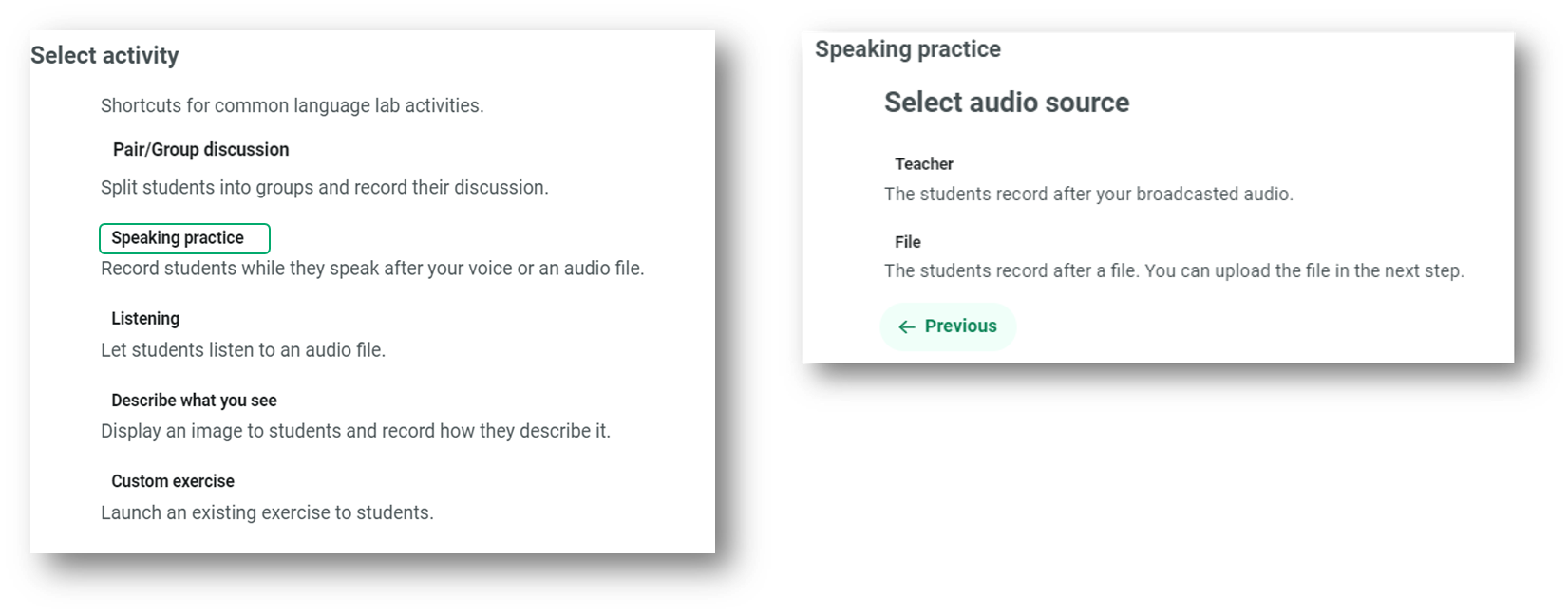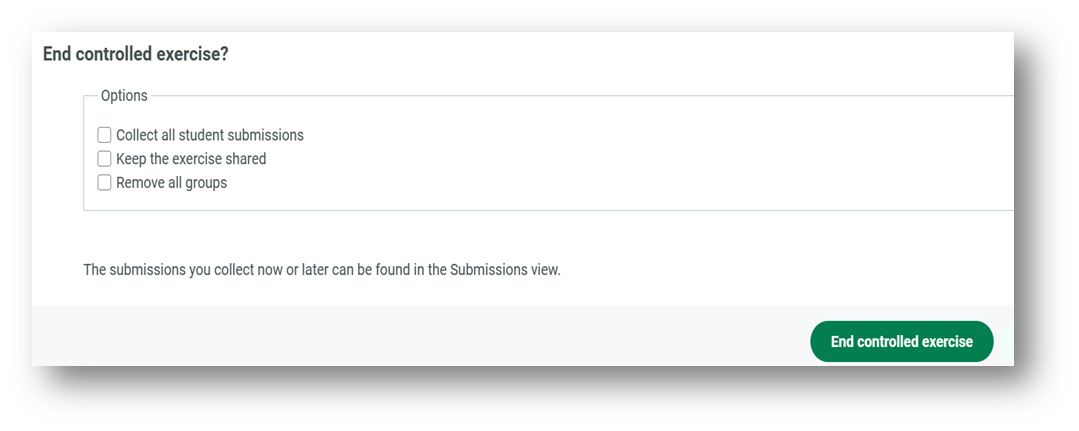The number one weakness in teaching and how to address it
Probably like many of you, I read lots of blogs about teaching and learning, both generic and MFL-specific. If you’ve not yet come across Tom Sherrington, of Walkthrus fame, then I highly recommend taking a look at it here: https://teacherhead.com/. He’s been writing about all things leadership and teaching and learning and I’ve been reading his blog since around 2015 when he was a secondary headteacher.
Like Tom, as a deputy head in two schools in charge of teaching and learning, then as a part-time teacher Ofsted inspector and finally as a headteacher in two different schools, I have watched hundred and hundreds of lessons, in all different subjects, but probably the most in MFL, as I used to work for Leeds University and CILT in initial teacher training.
Tom wrote a blog post in 2019, which I strongly agree with, and which is a constant conundrum for teacher. Here it is and it’s well worth a read: https://teacherhead.com/2019/10/04/the-1-problem-weakness-in-teaching-and-how-to-address-it/.
Here’s the start of the blog:
“I see a lot of lessons – hundreds of them in multiple contexts – and I’m going to suggest that there is one very common challenge that teachers face that is often not addressed well enough, even by experienced teachers. In my view, it’s the single biggest reason for lessons being ineffective or certainly less effective than they could be; it’s the main reason for learning not happening, for weaker students to fall behind and, over time, for gaps to widen. The prevalence of this issue is the main reason I feel we do more to address the needs of disadvantaged students and under-achieving subgroups by trying to teach everyone better instead of chasing interventions (To address underachieving groups, teach everyone better.). There’s just so much mileage in this; so much slack to take up.
The problem is this: In a class of multiple individuals, it is not straight-forward to find out how successfully each individual person is learning, identifying what their difficulties or gaps are and then to use that information to close their learning gaps with appropriate responses. Compared to a 1:1 tutoring situation, the level of responsiveness to each individual student’s varying success rate is very low.
All too often, faced with this ever-present difficulty, teachers cut corners and do not structure lessons so that they focus on flushing out difficulties, errors and gaps in recall and understanding. They rely too heavily on collective responses and a generalised sense of student success rate without consciously and deliberately attending to each and every individual. As a result, the least confident students can pass from lesson to lesson, going through the motions of lesson activities, being present, caught up in the general flow, without having their individual learning issues addressed; their learning gaps go undetected at the point of instruction and often remain.”
end
Tom has explained this number one problem so brilliantly, and I couldn’t agree more. He goes on to talk about the main reasons for these problems, and how to address them. He mentions teacher mindset, ineffective testing or checking protocols, exposition without checking for understanding, weak questioning or response techniques, excessive scaffolding and poor vocabulary development.
I would suggest that in an MFL classroom there is an additional challenge for teachers. This is because 25% of the way that pupils are eventually assessed at GCSE is through speaking. How can a teacher check every pupil’s speaking ability in a lesson? There isn’t enough time in the curriculum without this additional challenge. But if teachers don’t know how effective their pupils’ speaking ability is, considering all the important features (according to the exam mark scheme) of knowledge and use of language, how the speaker replies to all questions clearly and develops their answers, range and accuracy of language, pronunciation and intonation and spontaneity and fluency.
There’s lots of talk at the moment about how technology can really make teachers’ lives easier in terms of reducing workload, especially around assessment. There’s lots of talk about software such as Chat GPT being a game changer. I’ve attended some training on this, but I can’t yet see how this will currently help teachers and save them time in terms of resource-creation, although I think this will come in the future. However, the Sanako Connect software offers the option for teachers to be able assess pupils synchronously.
The teacher selects ‘speaking practice’ and opts for the teacher as the audio source. Then the teacher starts to ‘broadcast’ by saying each question or part of the role play to the whole class simultaneously. If it’s a photo description, the teacher can ‘launch’ that photo, so it appears on the student’s screen.
 Students record their own individual answers onto their device (the teacher would leave an appropriate amount of time for all students to record themselves) and then the teacher clicks ‘collect student submissions’ and then receives every student’s assessment recording, and can mark it individually.
Students record their own individual answers onto their device (the teacher would leave an appropriate amount of time for all students to record themselves) and then the teacher clicks ‘collect student submissions’ and then receives every student’s assessment recording, and can mark it individually.

At the end of the speaking assessment, the teacher has the option to collect all student submissions. Students don’t submit these (and therefore can chose not to), the system automatically pulls in all their submission.
In this way, a teacher can quickly assess the accuracy of pupils’ pronunciation, the content, the range and accuracy. He or she can provide individual feedback in writing or orally, or just use this as a way to gain some whole class and individual information about students’ progress, to hunt for those gaps and misconceptions that are so important to find out about. It’s so important to gain this individual data in order to know which students are struggling, which are doing well and what as a whole class needs further focus, and what could form the basis of some smaller group work or more individualised sessions.
Like with anything, technology is only as good as what the teacher wants to do with it. To my knowledge the Sanako Connect software is completely unique – no other software in the world gives teachers the ability to assess synchronously and pull in all students’ recordings. It’s well worth checking out and you can even have a free trial to see how it can support you to assess your students more individually.
Wendy Adeniji




